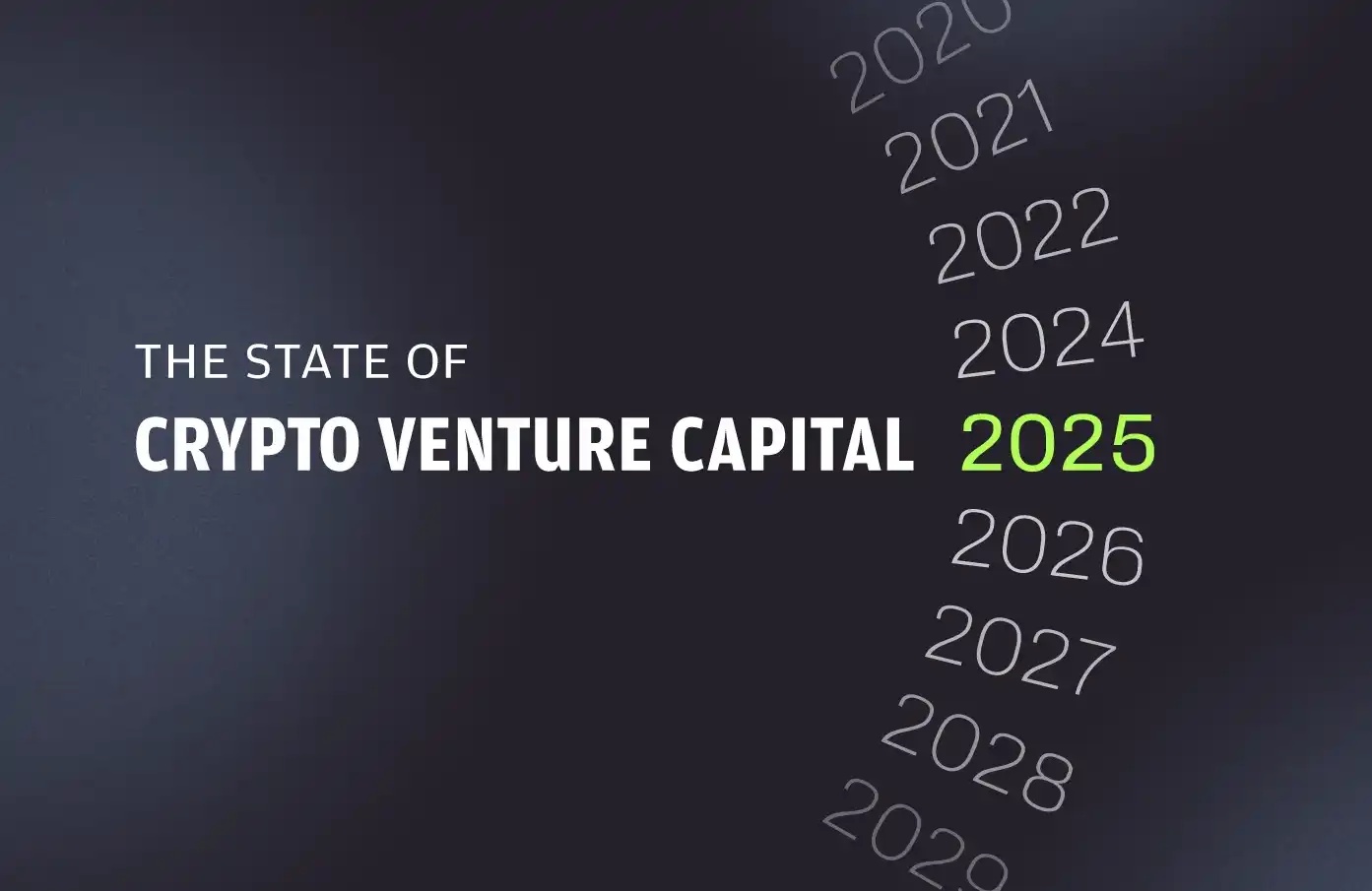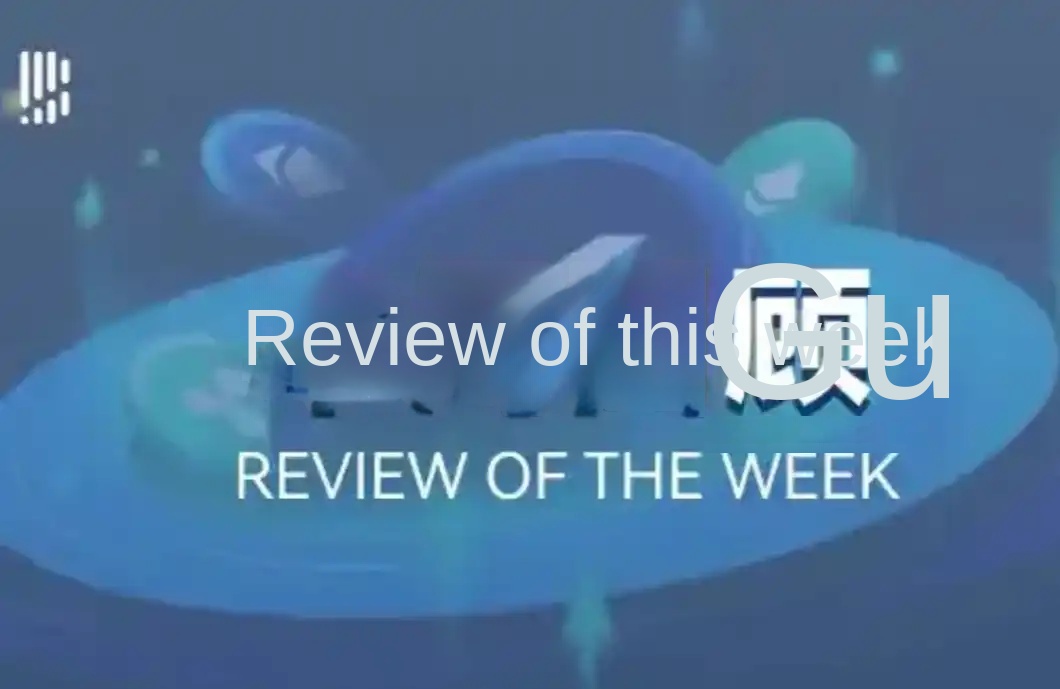Multidimensional interpretation of the current situation of Bitcoin NFT: the cumulative total exceeded 320,000
原文标题:《 数说比特币 NFT:累计总数突破 32 万个,交易市场独立地址总数突破 1 万个 》
原文作者:Carol,PANews
NFT "Dreamworks" Yuga Labs announced on March 7th that NFT TwelveFold, which is based on the Ordinals agreement of Bitcoin, closed the auction with a total turnover of 735.71BTC and 288 bidders with bids above 2 BTC. The highest bid was 7.1159 BTC.
NFT on the Bitcoin chain is seen as a huge market, though it has only been up for more than a month. GalaxyDigital, a research firm, predicts that the market size of Bitcoin NFT (the sum of the floor price of all items * the number of issues) will reach $4.5 billion in two years (to 2025), with $1.6 billion in transactions, based on the benchmark model. In addition, the development of Bitcoin NFT may also promote the development of bitcoin ecology, improve the usage rate of the network, and improve the earnings of miners.
It has been about a month and a half since the Ordinals Protocol version 0.4.0 (which officially introduced NFT to the Bitcoin network) was released on January 21, 2023, and during this early development period, What is the status of Bitcoin OrdinalsNFT?
PAData combined Bitcoin on-chain data (January 21 to March 7) and OrdinalsNFT's transaction data to analyze current NFT types, transaction size, user size, mining changes, and network fundamentals. The results show:
1) A total of 328,800 OrdinalsNFT have been generated on Bitcoin, with 7,148 new ordinalsnft added daily. There were 208,800 images and 117,400 texts. Recent text NFT growth is most obvious.
2) The four major markets, ordinals.market, ORDSWAP, OrdinalsWallet and OpenOrdex, had a cumulative transaction volume of approximately $6.99 million between February 15 and March 7, with the current total number of unique addresses exceeding 10,000.
3) OrdinalsNFT was the main reason for the increase in miners' fee income and could become a major source of income in the future. The commission fee generated by NFT increased from 0.00066 BTC to 0.28428BTC, an increase of 43257.73%, or 433 times. In mid-February, the NFT percentage of bitcoin fees exceeded 21%, and has been above 15% for several consecutive days.
4) During the statistical period, the average NFT fee per 10,000 Bitcoins accounted for 12.47% of the total fee income of miners. The increase in the number of Bitcoin NFT will have a significant impact on miners' income.
5) During the statistical period, the average Bitcoin block weight accounted for about 87.78% of the total capacity. The current OrdinalsNFT activity isn't squeezing out other transactions, it's just eating up space that's already free. That's why the average transaction cost per byte hasn't increased so far.
01. The cumulative number of NFT is over 320,000, with picture and text as the two main types
Between January 21 and March 7, 328,800 OrdinalsNFT have been generated on Bitcoin, an average of 7,148 new ordinalsnft per day. Bitcoin OrdinalsNFT experienced two peaks in terms of the number of units generated daily. The first peak occurred in mid-February, with daily generation exceeding 15,000 on February 9, 14, and 15. This peak may have been largely influenced by the Bitcoin Punks issue. The second peak was in early March, in which the daily generated number of more than 15,000 from February 28 to March 5, the highest generated 24,800 on March 1, this peak may be mainly affected by the news that Yuga Labs issued bitcoin NFT.

Overall, the development of bitcoin OrdinalsNFT was greatly influenced by the well-known NFT project of Ethereum or the "migration" of the project side, and the fluctuation of daily production was relatively large, which was in line with the basic characteristics of the early market.
At present, the types of bitcoin OrdinalsNFT mainly include image, text, video and audio. From the perspective of total volume, the type with the largest cumulative total is picture NFT, with a total of 208,800, followed by text NFT, with 117,400. Video and audio NFT were smaller, with less than 500 each. From the point of view of daily production, the largest number of pictures and text generated 4,540, text generated 2,551 and video and audio generated less than 15 per day during the observation period.

This type distribution is related to the way bitcoin OrdinalsNFT is generated. Bitcoin NFT (inscription data) is completely on the chain. It is part of the witness data and is "bound" to a single satoshi, so the size of the NFT is limited by the bitcoin block space. Smaller picture and text NFT have certain advantages.
This can also be observed in the generation trend of various types of bitcoin OrdinalsNFT. The daily generated number of each type of NFT was converted into the natural logarithm for unified observation on a more compact scale. From the perspective of trend, both picture and text NFT showed a significant growth trend. In particular, text NFT showed a steeper growth trend line, with the most obvious recent growth. While the increase of video NFT decreases, the increase of audio NFT remains stable.
02. The total value of recent transactions exceeded $6.99 million, and the number of independent addresses involved in the transaction exceeded 10,000
At this stage, the main value of NFT is still reflected in the secondary market. Currently, there are four main markets where bitcoin OrdinalsNFT is traded: ordinals.market, ORDSWAP, OrdinalsWallet and OpenOrdex. Between February 15 and March 7, the total cumulative transaction volume in the four major markets was about $6.99 million, with ordinals.market leading the way at about $4.28 million, followed by ORDSWAP at about $1.66 million. OrdinalsWallet also had nearly $1 million. Collectively, these markets are still trading in the million-dollar range.

Based on the total daily trading volume of the four major markets, the average daily total is about $333,000. The growth began after February 28, when the volume reached $1.74 million. Since then, the volume has remained around $500,000 per day, significantly higher than the previous daily level of around $100,000. The growth trend of daily transaction volume is quite obvious.
In terms of user scale, the cumulative number of independent addresses in the four major markets during the same period was about 58,500, among which OrdinalsWallet had the largest cumulative number of independent addresses, reaching 30,800, followed by ORDSWAP and ordinals.market. About 15,600 and 1,200, respectively.

From the change of the cumulative number of independent addresses in the four major markets, the daily total number of independent addresses increased obviously, but recently the growth rate has slowed down. On March 7, the total number of unique addresses exceeded 10,000, an increase of 211.75% from 3,209 at the beginning of this month, and a breakthrough from zero to one from 7 on February 15.
03. The average daily contribution fee of NFT accounts for more than 6%, and the transaction fee per byte shows a temporary downward trend
The rapid growth of bitcoin OrdinalsNFT has brought some noticeable changes to the underlying network. First, the most intuitive change is that Taptoor adoption has gone up significantly.
According to glassnode's classification, the type of balance used in bitcoin can be understood as the type of transaction, which can be divided into 8 types, including P2PK, P2PKH, Bare Multisig, P2SH, P2WPKH, P2WSH, P2TR and Non-standard. Among them, P2TR refers to Pay to Taproot, that is, transaction using Taproot. The proportion of this type of transaction has shown a significant rising trend after January 21, rising from 1.79% to 6.22%, and was close to 10% at the highest point, and basically kept above 5% recently.

The other two direct changes in the chain are the increase in the number of transactions and the increase in the daily average computing power. The production and transfer of NFT are reflected as on-chain transactions, and the increase of transaction demand will naturally affect the change of computing power.
According to statistics, the increase in the number of transactions was relatively moderate, rising from 287,700 to 315,900 transactions in a single day during the statistical period, an increase of 9.79%. During the period, the highest daily trading number was about 381,800, the lowest was about 240,200, the overall fluctuation was not drastic. The increase in average daily computing power was also modest, rising from 259.0 EH/s to 279.3 EH/s during the statistical period, an increase of about 7.81%, which is a historically high level. During the period, the highest daily average computing power was about 361.6 EH/s, and the lowest was about 222.6 EH/s, with obvious fluctuations recently.
The growth of the bitcoin OrdinalsNFT has opened up new space for bitcoin adoption, and the rise in Internet usage has led to an increase in miners' incomes. During the statistical period, the total daily commission income of miners increased from 16.33 BTC to 24.03 BTC, up to 47.15%, which is a significant growth. Among them, the commission fee generated by NFT increased from 0.00066 BTC to 0.28428BTC, an increase of 43,257.73 percent, or 433 times.

Most of the recent growth in Bitcoin's single-day total fees has been driven by OrdinalsNFT. The correlation is statistically significant: the more fees OrdinalsNFT generates, the more total transaction fees that day, and miners benefit from the OrdinalsNFT activity.
In terms of the OrdinalsNFT commission as a percentage of the day's total commission, the average for the statistical period was about 6.61%, or nearly 7% of miners' income came from NFT activities. This is a daily average, however, and is heavily influenced by the earlier low level of NFT activity, which accounts for nearly 9% of miners' income if you narrow the time frame to February.
It is worth noting that in mid-February, bitcoin's NFT commission rate briefly exceeded 21%, and has been above 15% for several days in a row. NFT is likely to become an important source of income for miners in the future. In addition, in combination with the daily number of Bitcoin NFT generated, during the statistical period from January 21 to March 7, the average handling fee was 2.36 BTC per 10,000 NFT, and the total daily handling fee was about 18.95 BTC during the same period. This means that miners earn 12.47 percent of their commission income per 10,000 NFT. This indicates that the increase in the number of Bitcoin NFT will significantly affect the income of miners.
For now, though, that effect has yet to be felt. On the contrary, the average transaction fee per byte (the smallest unit of block space) on the Bitcoin network has been on a downward trend recently, from 0.0023 BTC on January 21 to 0.0013 BTC on March 5, a decrease of about 41.52%. In addition, the average transaction cost per byte fluctuates greatly recently, reaching as high as 0.0031 BTC and as low as 0.00099 BTC.

This has to do with the size of the block space used by bitcoin OrdinalsNFT. Despite the recent impact of NFT activity, Bitcoin's average block size has shown a clear upward trend, rising from 2.94MB on January 21 to 3.74MB on March 5, an increase of approximately 26.94%. Since February, the average block weight has remained roughly 3.8 MB.
However, this is still some space from the maximum weight of 4 MB allowed by SegWit and Taproot. According to statistics, between January 21 and March 5, the average bitcoin block weight accounted for an average of 87.78% of the total capacity, less than 90%, and no more than 95.5%. This means that the OrdinalsNFT activity is still within the network's reach for the moment, not squeezing out other transactions, but eating up space that was already free.

However, this is only the early stage of Bitcoin NFT. As NFT flourishes and develops, it may have a more complex impact on the fundamentals of the bitcoin chain, especially mining fundamentals. In particular, concentrated NFT minting may exacerbate short-term volatility in bitcoin transaction fees, while NFT activity may increase the utilization of block space in the long run in everyday situations. That could lead to the development of Bitcoin's two-tier network, as well as other amenities such as user-friendly wallets.
Original link
Welcome to join the official BlockBeats community:
Telegram Subscription Group: https://t.me/theblockbeats
Telegram Discussion Group: https://t.me/BlockBeats_App
Official Twitter Account: https://twitter.com/BlockBeatsAsia
 Forum
Forum

 Finance
Finance
 Specials
Specials
 On-chain Eco
On-chain Eco
 Entry
Entry
 Podcasts
Podcasts
 Activities
Activities
 OPRR
OPRR







